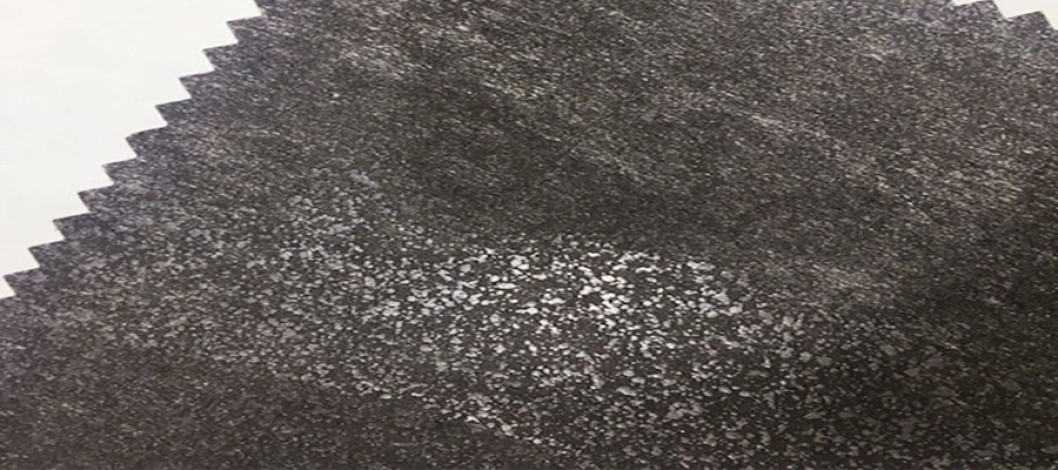
File Photo
What is Impregnated Nonwoven Fabric?
The impregnated non-woven fabric includes saturated impregnated non-woven fabric (English name: saturated impregnated non-woven fabric) and foam-impregnated non-fabric non-fabric impregnated non-fabric. The production process of non-woven fabrics generally includes the following parts: forming a network, reinforcing, rolling and cutting. Non-woven fabrics are made by passing the woven cotton web through an impregnation tank, drying it into the fabric and finally rolling it. The main characteristic of non-woven fabrics is impregnation. According to the product characteristics, different working fluids can be adjusted and products that meet the requirements can be made by dipping.
Properties of impregnated nonwoven fabric
The greatest feature of non-woven fabrics is to adjust the working fluid. Product properties can be achieved in the working fluid without the need for additional processing of the finished fabric. In working fluids, common characteristic combinations are: soft and hard, waterproof, dyeability, water absorption, flame retardant, etc.
Also, the non-woven fabric has to go through a high temperature of about 250 degrees and is widely used in various fields to withstand this high temperature. Foam - non-woven fabrics are widely used in the field of sanitary materials due to the high quality of their manufacturing environment.
Non-woven fabric material impregnated
According to the characteristics of the production process (requiring high-temperature resistance), polyester fibers are generally used as raw materials; The remaining few are nylon fiber, viscose fiber, etc. as raw material. After impregnation, the fabric needs to be treated at a high temperature of about 260 degrees, so low melting point materials - non-woven fabrics cannot be impregnated. So generally non-woven fabric refers to polyester non-woven fabric.
Application areas of non-woven fabrics
1. Garment interlining
Soft and hard can be adjusted, the price is lower than the cut lining, and the product is bigger.
2. Bamboo and veneer composites
High-temperature resistance, anti-aging, bamboo, and veneer strengthening.
3. Chef hat is non-woven fabric
The stiffness can be adjusted, the price is low, and it can be used to absorb sweat.
4. Non-woven fabric for flocking
Good wet strength and slightly better tensile strength.
5. Non-woven fabric for lamination
High-temperature resistance, anti-aging, high quality up to hygiene requirements.
6. Non-woven filter material
Durable and not easy to age.
7. Electrical insulation
High temperature resistance and insulation.
Source: Online/NAN
Comment Now